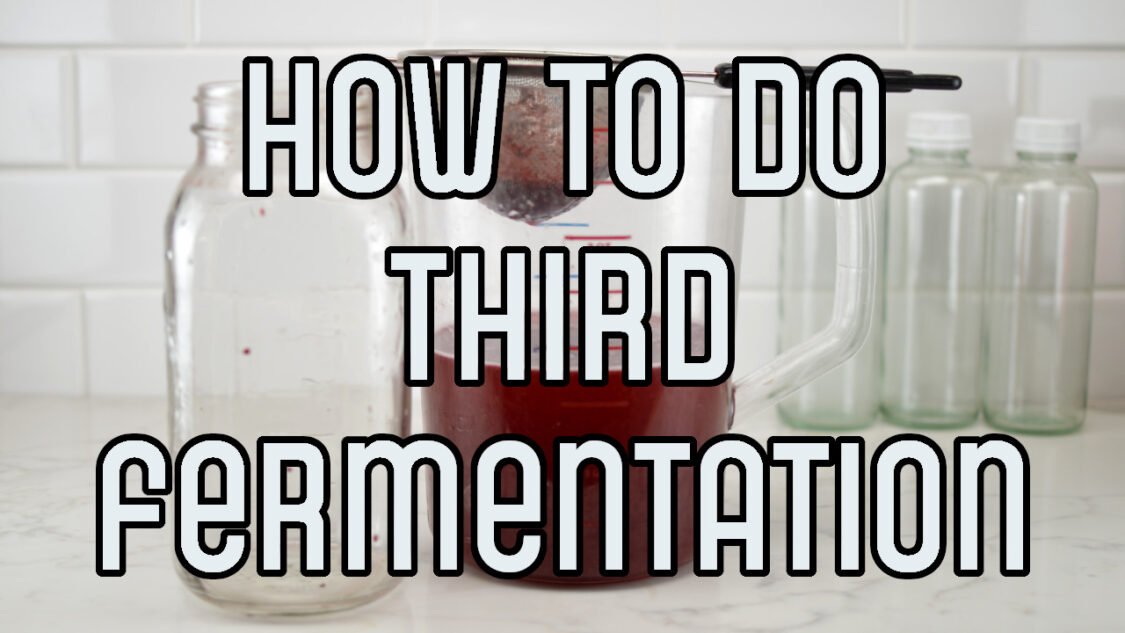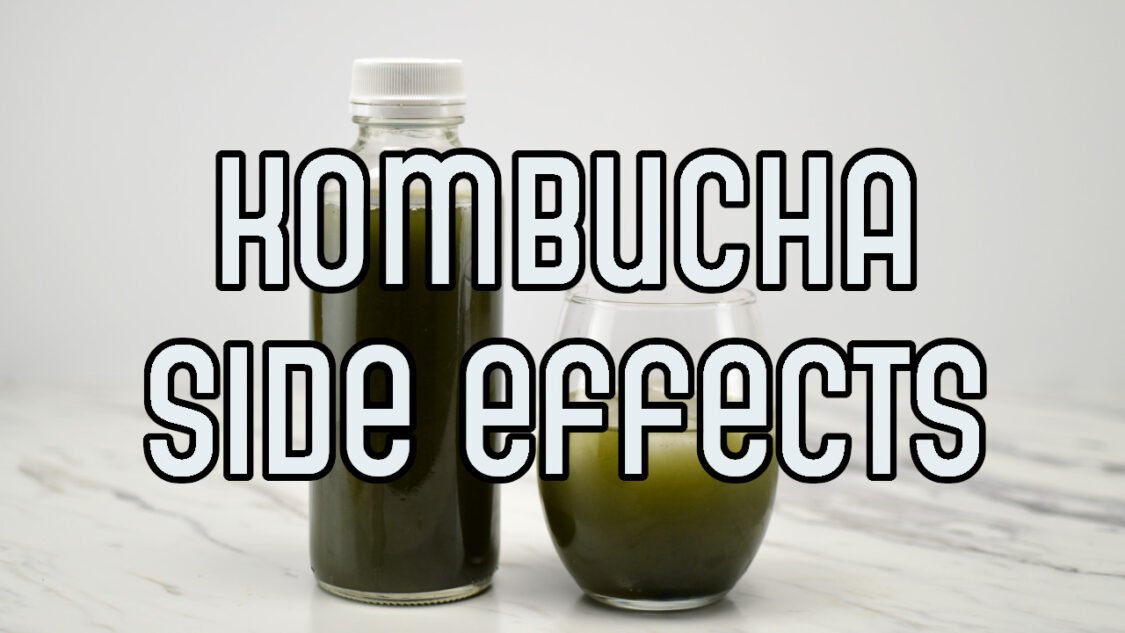How to do third Fermentation
In this third (and final) of potential fermentations your kombucha will be transformed into a delicious effervescent masterpiece!

It has been over two weeks and you have been patient and careful throughout the kombucha brewing process and find yourself in the home stretch. Only one more process stands between you and delicious, fizzy kombucha! Keep reading to learn how to do third fermentation from start to finish.
What is THird Fermentation?
Recall that in the first fermentation (1f) you combined a kombucha starter culture, some homemade sweetened tea and a SCOBY in a clean glass fermentation vessel, covered and allow it to ferment for 1-2 weeks.
Next you undertook secondary fermentation (2f) where you removed a portion of your just fermented, raw, unflavored kombucha and placed it into a second fermenter and added fruits, herbs and other flavors that you wanted in your finished kombucha.
This brings us to third fermentation (3f)
Third fermentation is the bottling and carbonation phase where you get your flavored kombucha into bottles, add some sugar and let it rest while the yeast creates carbonation. During first and second fermentations the fermenter was open to the air (covered to keep our fruit flies and dust) allowing the CO2 to escape into the environment.
Third fermentation is done in sealed bottles which keeps the CO2 in the bottle where it dissolved into the kombucha to create carbonation.
Here are the steps to take to get your flavored kombucha into bottles and carbonated:
- Remove fruit, herbs, etc. from kombucha
- Fill bottles with infused kombucha and add sugar
- Keep at room temperature
- Cap and wait for carbonation to develop

How to Do Third Fermentation
This process assumes you used Method #2 of how to do secondary fermentation you now have a fermenter (or two) of flavor infused kombucha ready to bottle. A gallon of flavored kombucha yields about 7 x 16 ounce bottles or 3 x 32 ounce bottles of flavored kombucha
1. Prepare your kombucha bottles for fermentation – If you rinsed your bottles as your drank them you are ahead of the game! Otherwise, rinse your bottles and soak in water if there is any dried kombucha or caked on gunk from the last use. Clean and rinse bottles with hot water. If necessary, use a bottle brush to remove any persistent stuck-on debris. See this post on how to clean kombucha supplies for in-depth cleaning advice.
2. Strain fruit from kombucha and fill bottles with kombucha – Strain the fruit from the kombucha by pouring it through a strainer into a pitcher or another clean large jar, a spare fermenter works great. Alternatively, pour through strainer into a funnel, filling each of the bottles with kombucha, leaving about 1-2″ of headspace (air at the top) of each bottle. Opinions differ on how much headspace to leave, though one inch of headspace is a good start, and you’ll learn what works best as you brew more kombucha.
Add 1 tsp sugar or a sugar cube to each 16 ounce bottle (2 cubes if 32 ounce). Secure caps tightly on bottles.
3. Carbonate- Place bottles in a warm spot between 75-85 degrees Fahrenheit out of direct sunlight and allow to carbonate for up to 10 days. See where to store Kombucha for more information and where to store your kombucha bottles.
The carbonation time depends on the temperature, sugar content and amount of kombucha culture in each bottle. During this time, you might notice some kombucha growth—floating strands, sediment, or even the partial development of a mini SCOBY at the top of the bottles.
4. Test – Try one bottle of kombucha for fizziness and flavor by carefully opening a bottle and pouring a small amount into a glass. Since it is not chilled it will seem extra fizzy. When it’s to your liking, place the bottles in the refrigerator for storage.
5. Enjoy! – Enjoy your relatively clear, fruit free kombucha!

Helping you learn to brew kombucha, find inspiration for new kombucha flavors and use kombucha to make kombucha mocktails




